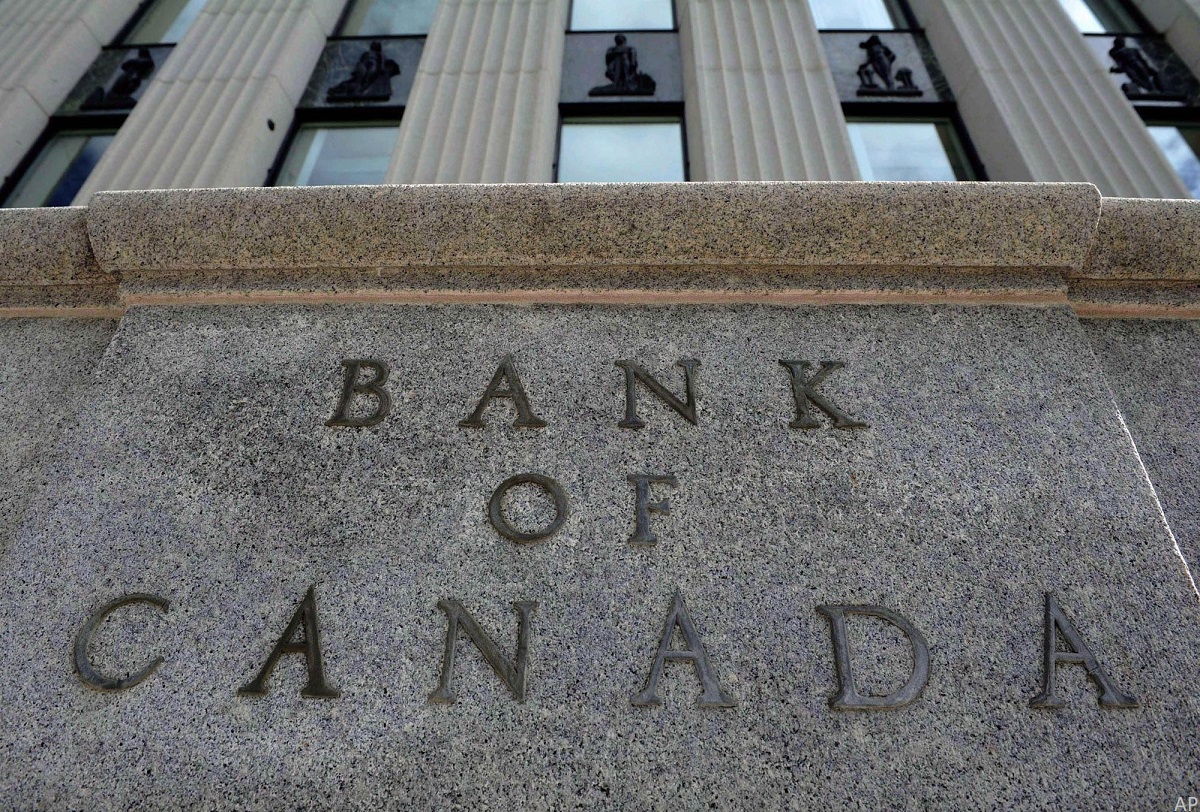
Today, the Bank of Canada announced it would once again hold on hikes to its key interest rates, maintaining the overnight rate at 4.5%. The widely anticipated decision to maintain the status quo comes as the Bank waits to assess the impact of eight consecutive interest rate hikes in the fight against persistent inflation.
“Inflation in many countries is easing in the face of lower energy prices, normalizing global supply chains, and tighter monetary policy,” the Bank said in today’s announcement, “At the same time, labour markets remain tight and measures of core inflation in many advanced economies suggest persistent price pressures, especially for services.”
This leaves much for Canadian investors to consider.
"Though interest rates remain flat, we urge investors to continue to keep a laser-sharp focus on their long-term investment goals, and not short-term market volatility brought forth by interest rate hikes, commodity prices, or general news flow,” says Morningstar Canada’s director of investment research, Ian Tam.
Near-term economic conditions remain rocky, with Canadian data mixed so far this year, said BMO managing director of Canadian rates and macro strategist, Benjamin Reitzes in a note. January was “off-the-charts strong,” he said.
Investors can’t be blamed for being optimistic about the efficacy of monetary actions, however. A more recent business survey was “exactly what policymakers want to see,” said Reitzes, “A relatively modest slowdown, easing capacity and labour pressures and slowing inflation expectations.”
Better Slow and Steady on Interest Rate Moves
The Bank may be seeing signs that its policies are working, but an extended break on interest rate moves may be necessary. “The pause was driven by policymakers’ desire to take time to evaluate the impact of the most aggressive rate hike campaign in a generation, consistent with the old saying that monetary policy has long and variable lags,” said Reitzes.
“In Canada, demand is still exceeding supply and the labour market remains tight,” the Bank said, “Economic growth in the first quarter looks to be stronger than was projected in January, with a bounce in exports and solid consumption growth.”
Global economic growth has been stronger than anticipated, the Bank added, “Growth in the United States and Europe has surprised on the upside, but is expected to weaken as tighter monetary policy continues to feed through those economies. In the United States, recent stress in the banking sector has tightened credit conditions further. U.S. growth is expected to slow considerably in the coming months.”
More Cautious on the American Economy
“The view on the U.S. is one area where we anticipate much more caution, due to the flare-up of banking sector stress,” Reitzes said. “It’s only been a few weeks since peak fear, so there’s plenty of uncertainty about the impact.” The Bank of Canada today considered the impact up North, with the potential economic cooldown in the U.S. leading to “particular weakness in sectors that are important for Canadian exports.”
The recent U.S. banking turmoil has added to the uncertainty around a slowdown. “With the collapse of Silicon Valley Bank and subsequent events, the equation for the Fed has changed dramatically,” Morningstar’s senior U.S. economist Preston Caldwell says, “The Fed is now struggling to chart the best course forward as the U.S. economy seemingly sits on a knife edge between high inflation and financial crisis risk.”
With the aftermath of the banking crisis still unknown, policymakers on both sides of the border are left looking at the labour market for cues to relent in the fight against inflation. “Only a regime switch to much weaker job growth (or especially net job loss) would provide a strong incentive for the Fed to change direction in terms of monetary policy,” says Caldwell. Reitzes is watching labour force figures in Canada after population growth surged in 2022.
Will North American labour markets cool enough to provide some interest rate relief? How will investor portfolios look amidst a slowing economy?
What Should Canadian Investors Do?
Looking to act on today’s announcement? “If anything, the thing to do right now is to ensure that your mix between stocks and bonds is appropriate to the amount of risk that you can take on,” Tam says, “With this in mind, those with a very short time horizon (closer to retirement) might actually be advantaged by doing so, given that rates are higher than they have been for a long time and trimming up your bond position means that you're likely buying bonds with higher yields than available just a year ago."





.jpg)



.jpg)










